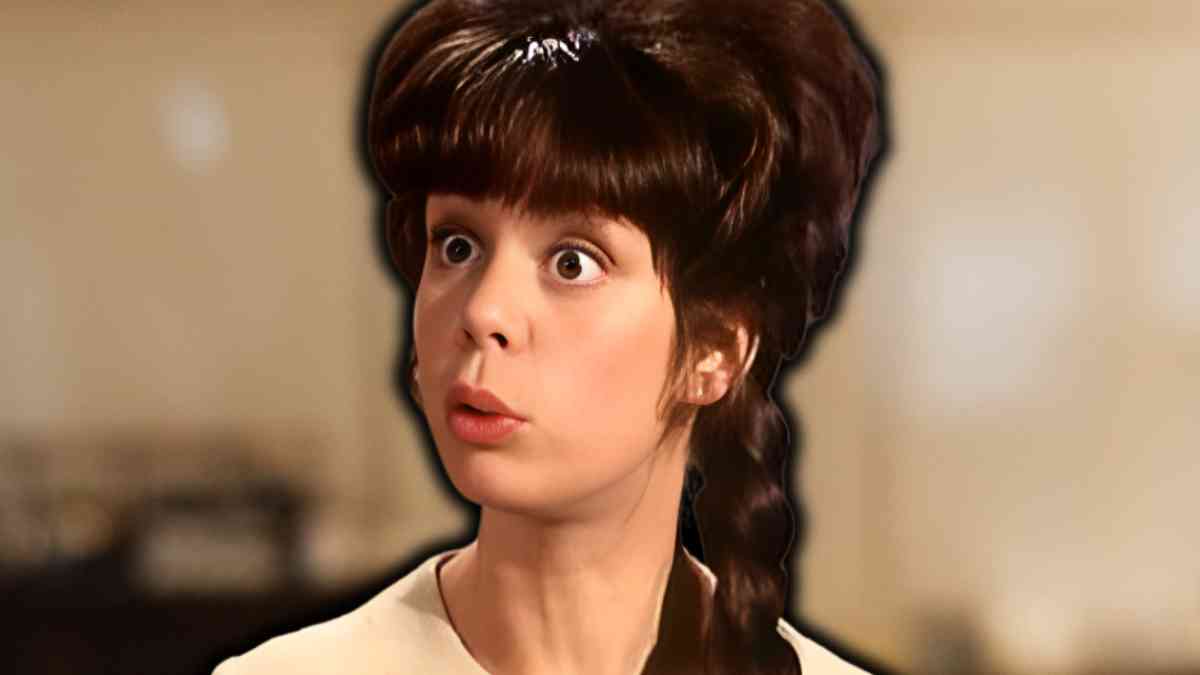Catherine Feller: The Enchanting Talent of British Cinema and Beyond

Catherine Feller, born in 1939 in England, is a name that resonates with classic British cinema lovers. Though she is perhaps best remembered for her iconic roles in films during the 1950s and 60s, Feller’s story is one of artistic evolution, cultural contribution, and educational dedication. Her journey from silver screen stardom to esteemed educator in Italy reflects a dynamic and multifaceted career.
Growing up in post-war Britain, Catherine was exposed to a changing world. Her early inclination towards the arts was nurtured in a society that was recovering from the ravages of World War II and embracing cultural expression. With a natural flair for performance, it wasn’t long before Feller began carving out a space for herself in the competitive world of British acting.
Rise to Fame in British Cinema
Catherine Feller’s rise to fame was fuelled by her charm, intelligence, and screen presence. Her early roles were marked by a distinctive poise that set her apart from many contemporaries. She entered the film industry during a golden age, when British cinema was undergoing a transformation and gaining international recognition.
In 1961, Feller took on what would become one of her most recognisable roles—Cristina in The Curse of the Werewolf. This Hammer Film Production featured Oliver Reed in his first major role, and Catherine’s performance as his gentle love interest earned her considerable acclaim. The film remains one of the most celebrated werewolf stories in cinematic history, and Catherine’s role was crucial in humanising the narrative.
She continued to gain recognition with her appearance in Waltz of the Toreadors (1962), where she played the role of Rosemary opposite Peter Sellers. This film, based on a French play, offered a blend of wit and poignancy, with Feller delivering a performance that balanced youthful exuberance with emotional depth.
Diversified Roles in Television and Theatre
While Catherine Feller had a notable presence in film, she was also active on television, a medium that was becoming increasingly influential during the 1960s. She appeared in popular shows such as The Saint, where she starred in the landmark episode “The Queen’s Ransom.” This episode was significant not only for her performance but also because it was the first in the series to be broadcast in colour.
Feller also made appearances in programmes like One Step Beyond, showcasing her versatility across genres. From mystery and thriller to drama and comedy, she exhibited an ability to inhabit characters with authenticity and nuance. Her work was not confined to the screen; she also graced the stage in various theatre productions, proving her mettle as a well-rounded performer.
International Career and Life in Italy
Catherine’s journey took a remarkable turn when she relocated to Italy. Far from stepping away from her passions, she expanded her creative pursuits in new directions. Embracing Italian culture and language, she became deeply involved in education and communication.
In Italy, she worked as a lecturer, conducting workshops and seminars on expressive communication. Her teaching wasn’t limited to acting techniques; she explored broader concepts of interpersonal expression, presence, and voice. Many of her students remember her as a warm and intellectually stimulating mentor who emphasised clarity, empathy, and self-awareness.
Her fluency in Italian allowed her to work as a translator and editor, including for Vogue Gioiello, a magazine dedicated to jewellery and high-end fashion. Her translations brought a sophisticated touch that bridged language barriers with elegance and precision.
Personal Philosophy and Educational Contributions
Catherine Feller’s approach to education was deeply rooted in her artistic background. She believed in the transformative power of communication and expression. Her methods often combined elements of theatre, psychology, and linguistic training, creating a holistic learning environment.
She was known for encouraging self-reflection among her students and used theatrical exercises to unlock creativity and confidence. Her work in Italy was not merely academic; it was deeply human. Many who attended her workshops recall the personal growth they experienced under her guidance.
Legacy in British Film History
Though Catherine Feller may not have achieved the long-lasting celebrity of some of her peers, her impact on British cinema remains significant. Her performances in classic films are still appreciated by critics and enthusiasts for their emotional authenticity and visual charm.
Her role in The Curse of the Werewolf continues to be revisited by horror aficionados, and her collaborations with legendary figures like Peter Sellers reflect the high calibre of her work. In an era when many actresses were typecast, Feller navigated diverse roles with grace and intelligence.
Recognition and Re-evaluation
In recent years, there has been a growing interest in reassessing the contributions of mid-20th century actresses like Catherine Feller. Scholars and film historians are increasingly acknowledging the value of performers who brought subtlety and sophistication to their roles without necessarily dominating the headlines.
With retrospectives of Hammer horror films and the enduring popularity of vintage British cinema, Catherine’s performances have found a new generation of admirers. She represents a bridge between classic storytelling and modern cinematic techniques.
A Life Beyond the Camera
What sets Catherine Feller apart from many of her contemporaries is the conscious decision to shift from fame to purpose. Her transition from actress to educator was not an escape from the spotlight but a deliberate move towards a life of meaning and impact.
In Italy, she found a second home and a renewed sense of identity. Her contributions to language education, expression coaching, and cross-cultural communication reflect a rare combination of talent and empathy. Few can claim to have left a mark both on screen and in the classroom—Feller did both with quiet brilliance.
Conclusion
Catherine Feller’s journey is a testament to the enduring value of versatility and intellectual curiosity. Whether she was dazzling audiences on screen, charming television viewers, or mentoring students in a classroom in Rome, she brought a sense of dignity and depth to everything she did.
Her career defies the simplistic arc of rise-and-fall; instead, it is one of continuous evolution. She remains a figure worth celebrating—not just for her contributions to British film, but for the way she shaped lives through her passion for communication and culture.
Catherine Feller may not be a household name today, but for those who take the time to explore her work and legacy, she represents an inspiring story of talent, grace, and transformation. Her life reminds us that true artistry lies not only in performance but in the power to educate, connect, and inspire across borders and generations.



